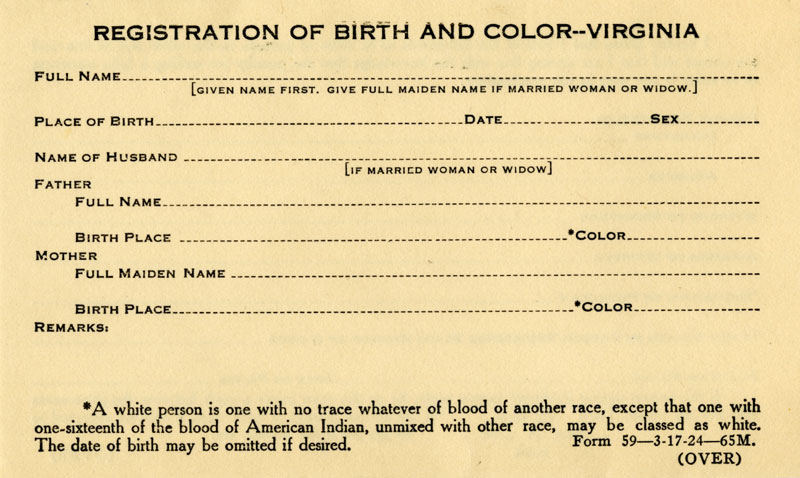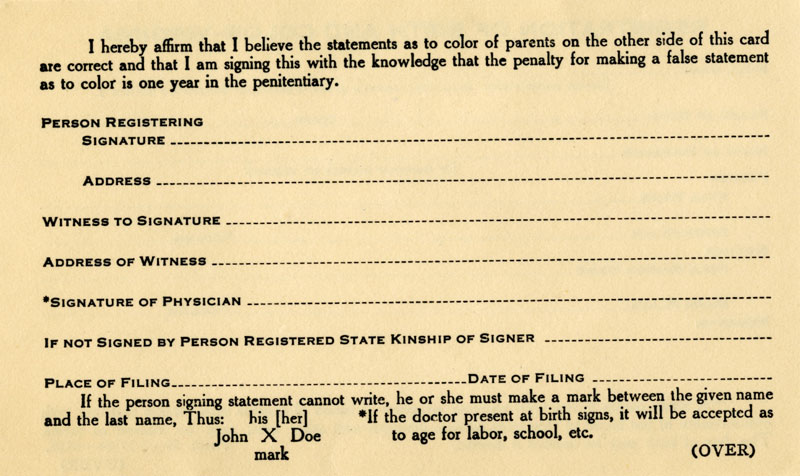Admixture in a biologically African caste of Black AmericansPosted in Anthropology, Articles, Media Archive, United States on 2011-01-25 04:37Z by Steven |
Admixture in a biologically African caste of Black Americans
American Journal of Physical Anthropology
Volume 74, Issue 2 (October 1987)
pages 265–273
DOI: 10.1002/ajpa.1330740213
Curtis W. Wienker, Emeritus Professor of Anthropology
University of South Florida
Social and historical factors account for much of the variation in European ancestry among different Black American populations, including that of McNary, Arizona. The Black population of McNary is socioculturally and geographically isolated. Admixture estimates based upon reflectometry and serological data suggest that this population has less than 5% European ancestry. Anthropometric and hemoglobin data also suggest that this population is more African in ancestry than other Black American populations. Admixture estimates for the population are complicated by several factors. Genetic drift has probably affected Black McNary; estimated effective population size (Ne) is 52.11 and the coefficient of breeding isolation is less than 50. Frequencies of the alleles B, O, and r support this hypothesis; they are quite atypical for a Black American group. Selective migration and occupational selection may also have influenced the current genetic composition of Black McNary. Over 80% of the Black residents of McNary were born in backwoods lumbering towns in the American South. Most Black families in McNary trace their economic reliance on lumbering back several generations. Historical sources and demographic data from Black McNary suggest that Southern Black millworking families formed an endogamous unit that produced this caste, which has a relatively small amount of European ancestry.
Read or purchase the article here.

